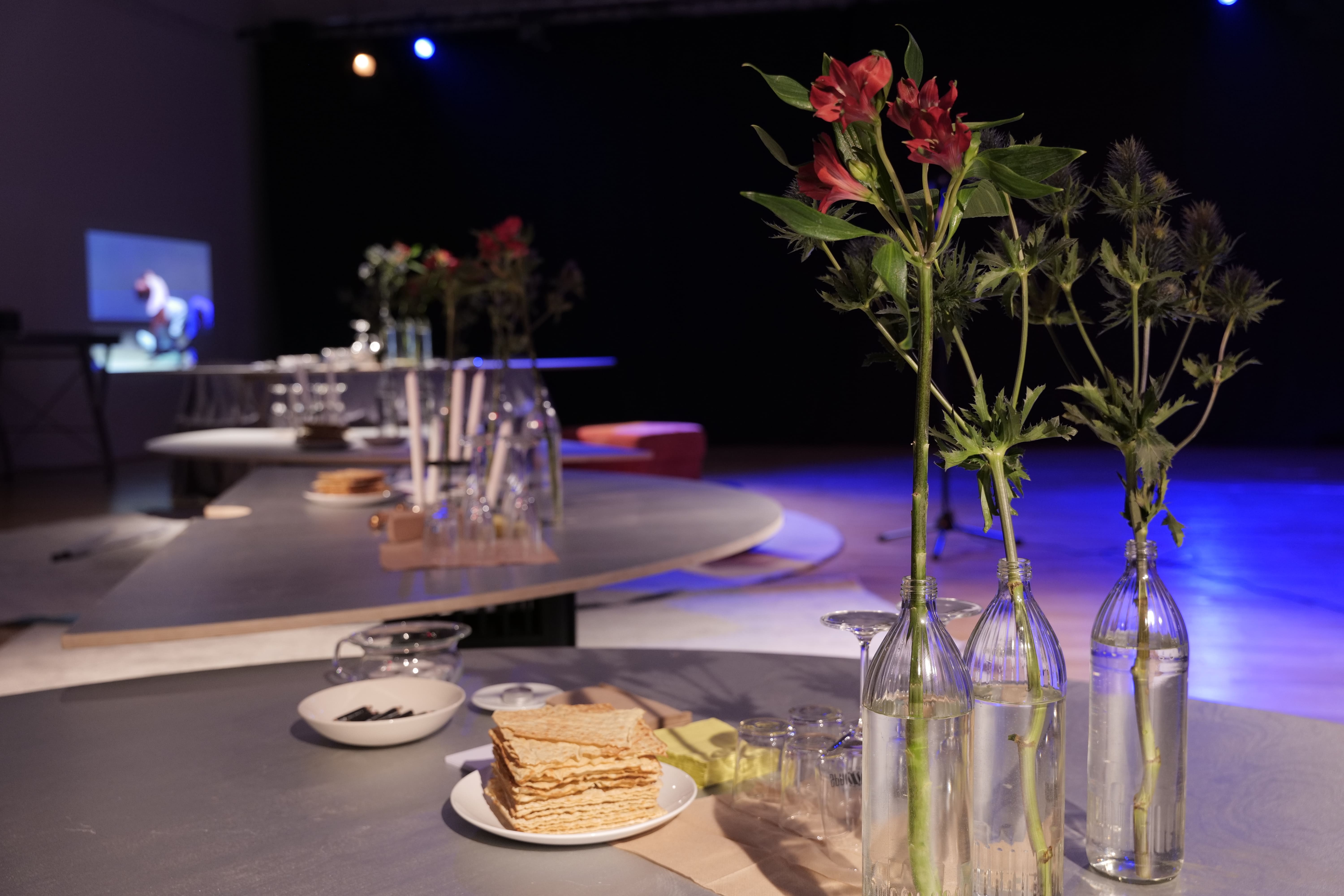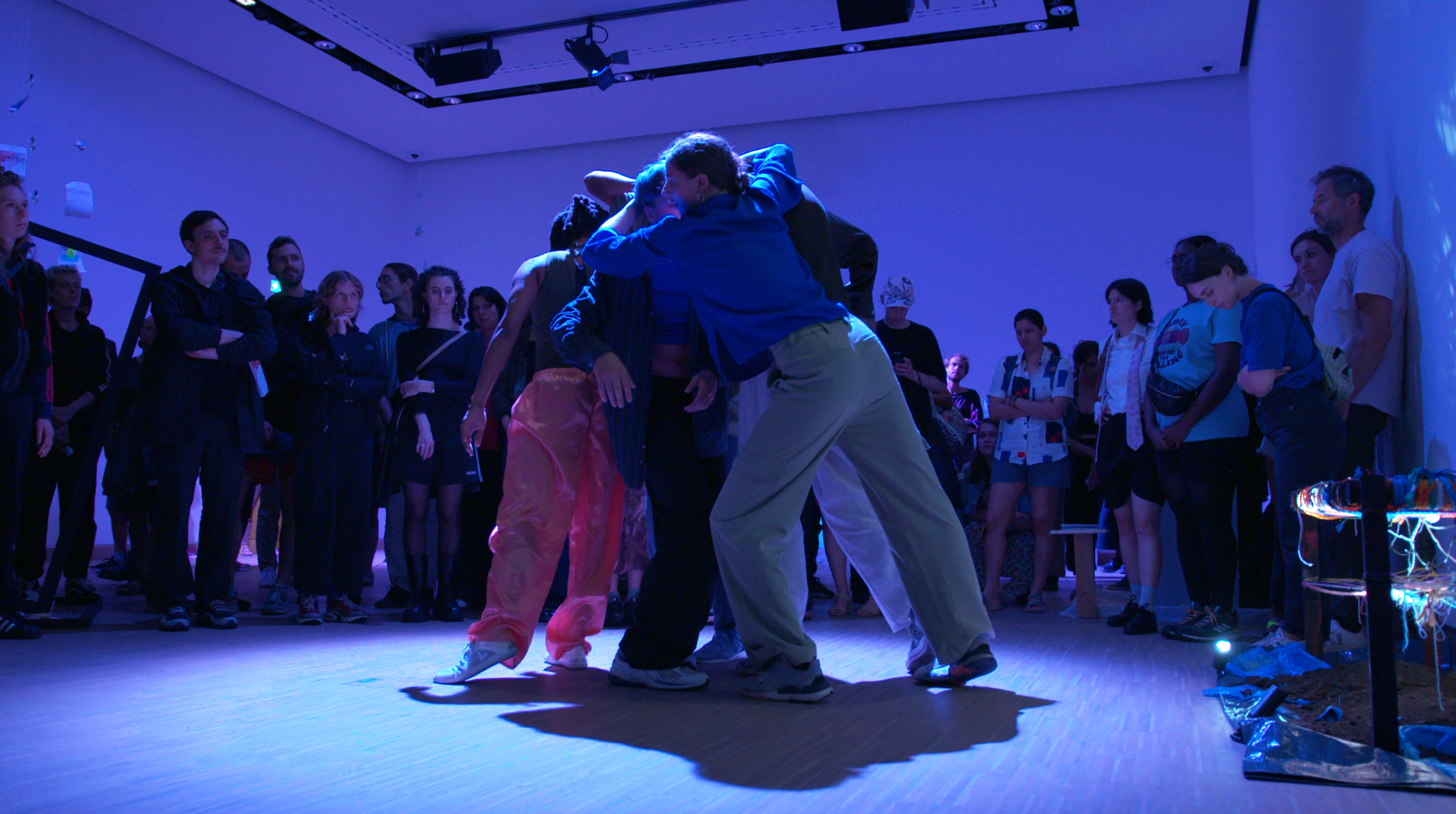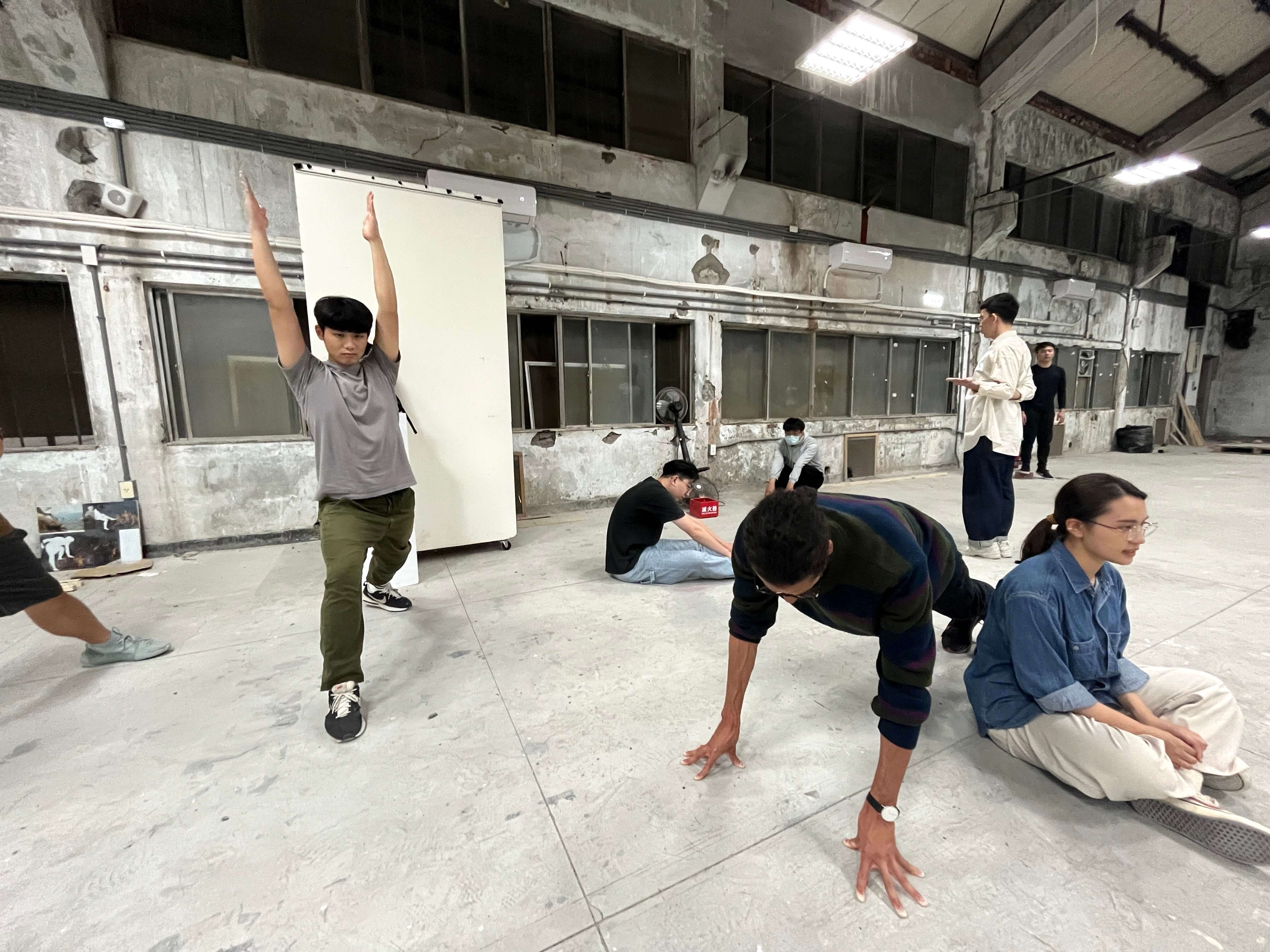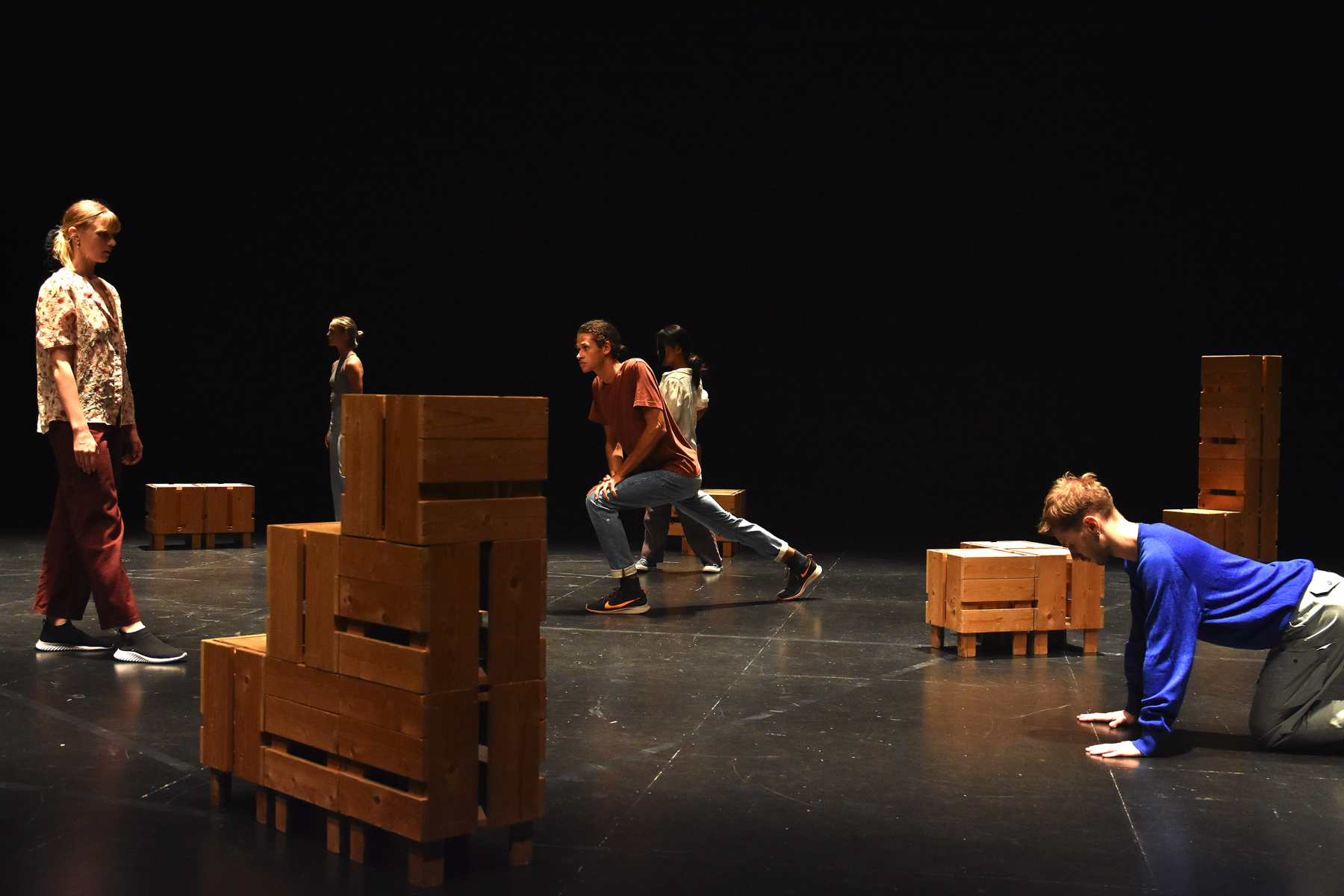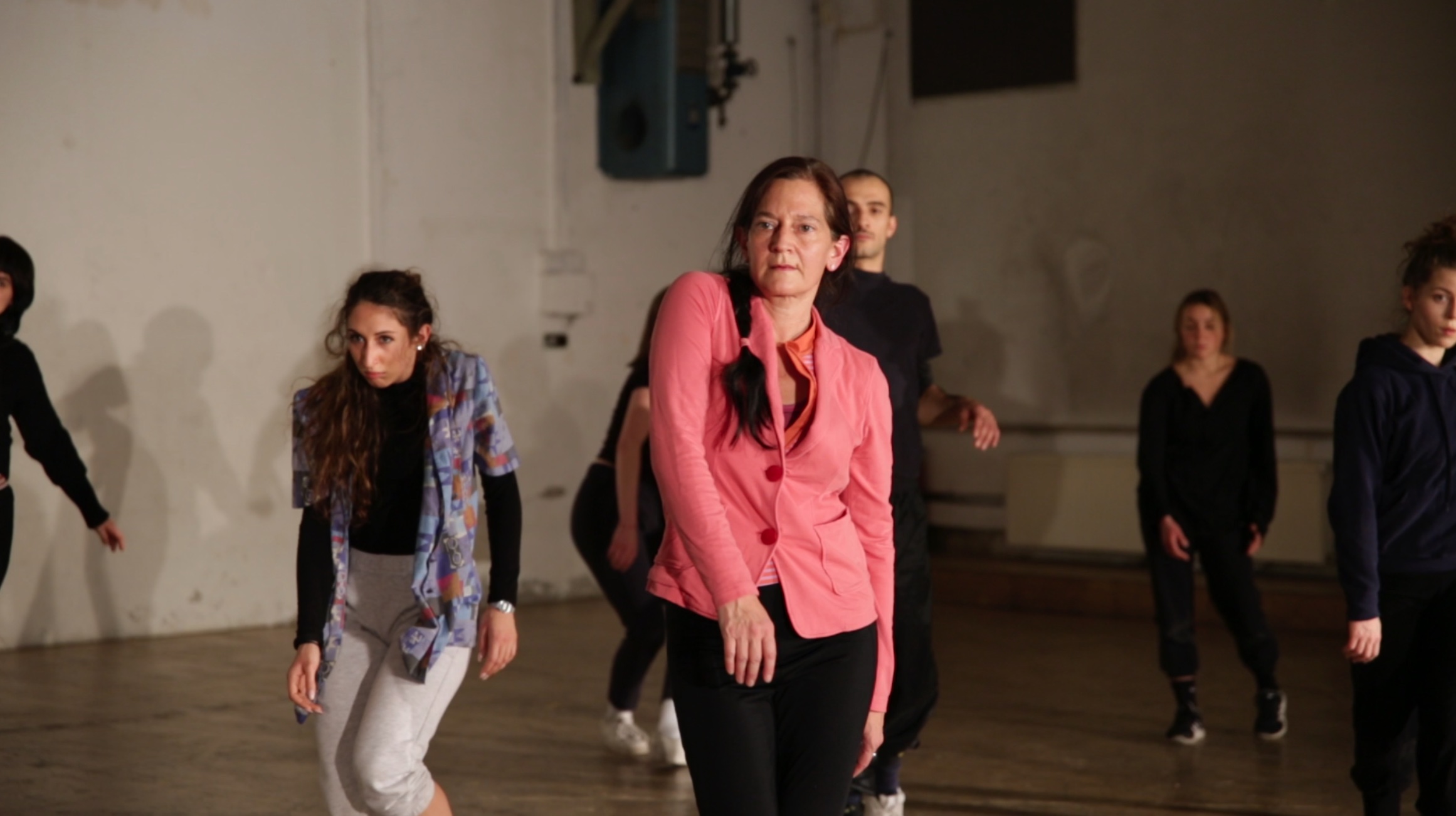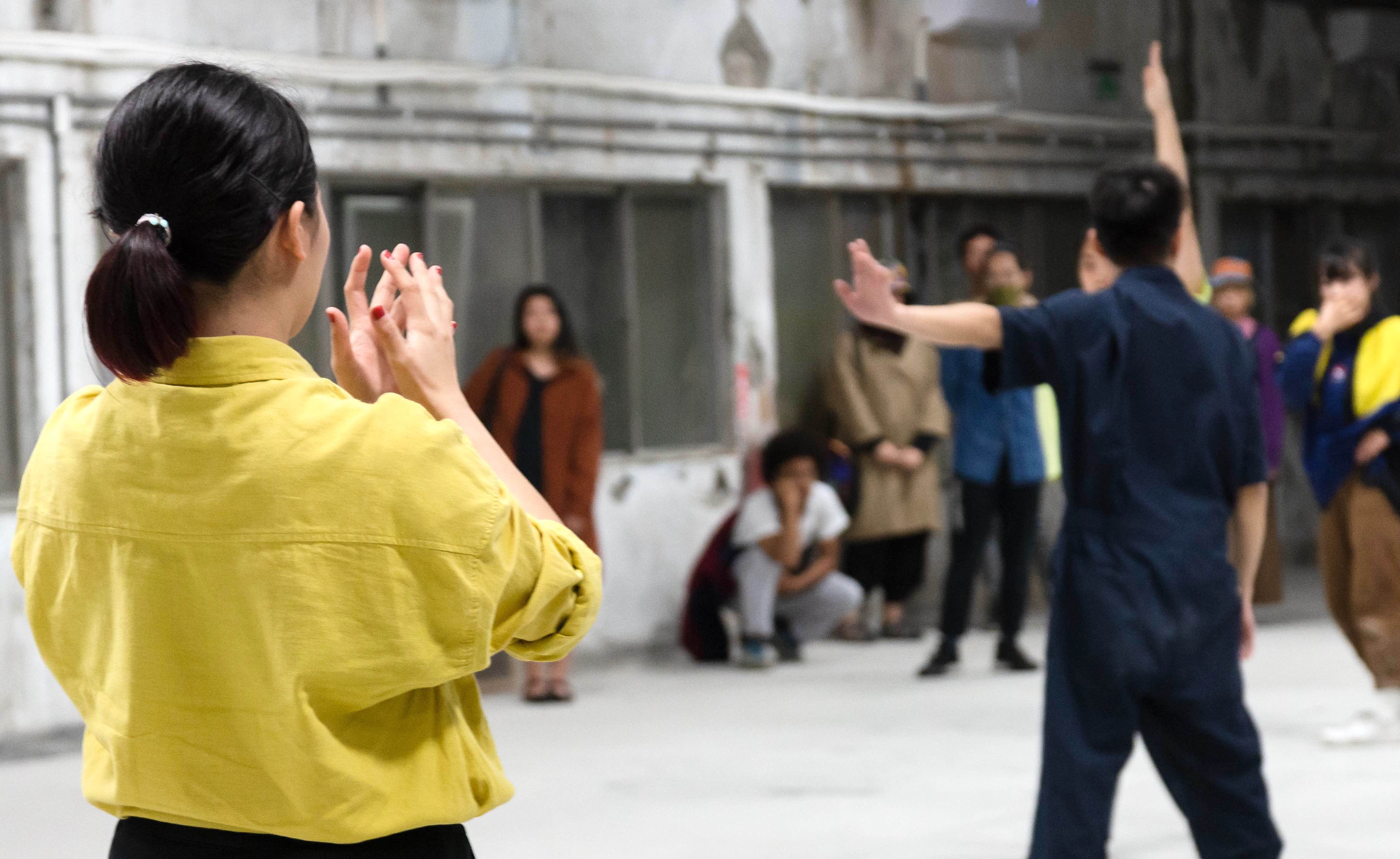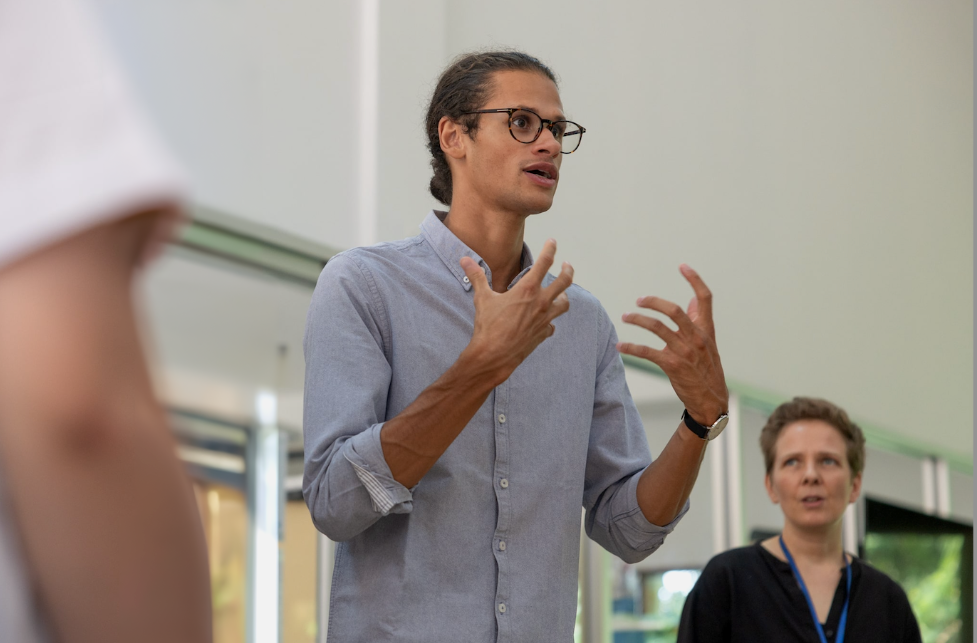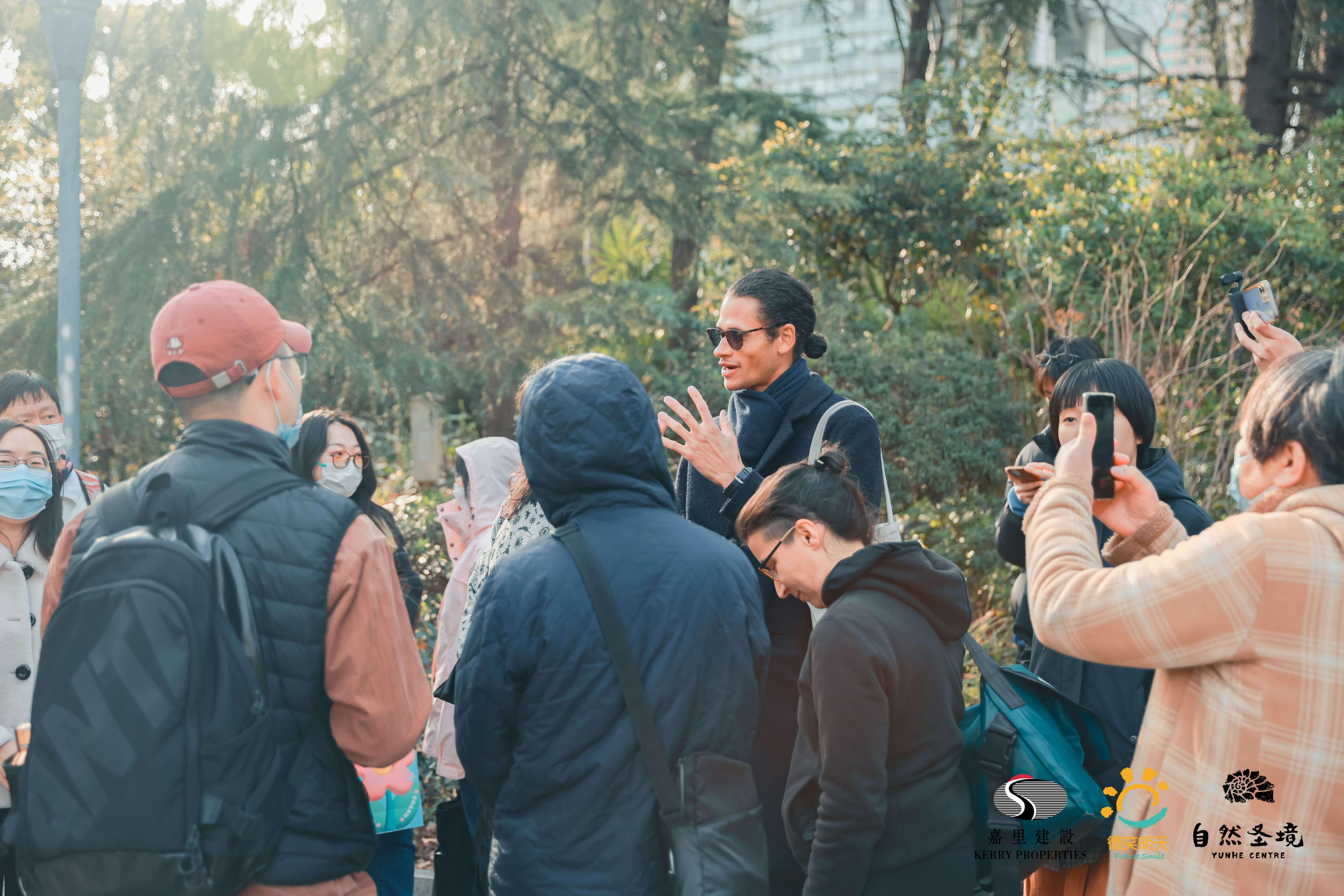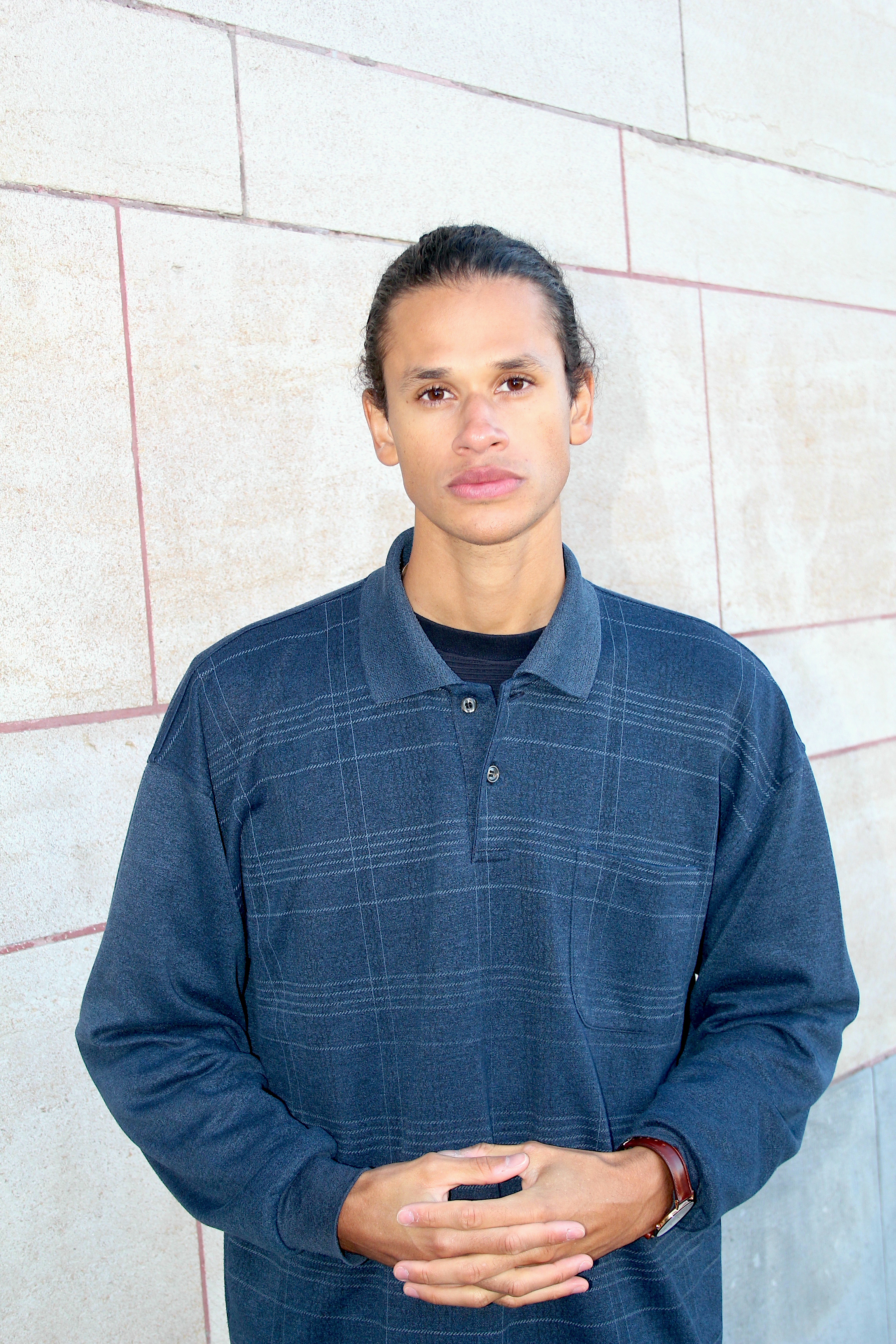Timothy Nouzak is an Austrian-American choreographer, performer, and maker working on the conception and realization of transcultural, community-oriented artistic formats that explore the intersection between performative arts and social practice. As a current research fellow at the APL of the University of Applied Arts Vienna, pursuing doctoral studies in collaboration with the Faculty of Cultural Sciences at the University of Salzburg, and serving as a strategy consultant at D/Arts Project Office for Diversity and Urban Dialogue, Timothy focuses on alternative forms of theory building and knowledge transfer as socially conceived practice. The aim is to address traditional discourse challenges and respond to the growing need for a transindividual rethinking of globalized working practice through alternative, practical forms of thinking and dialogue.
Timothy holds master's degrees in choreography from P.A.R.T.S., Brussels (BE), media and communication design from Tongji University, Shanghai (CN), and cultural management from Angewandte, Vienna (AT). Currently, Timothy is coordinating the funded research project "How We Ought To Be Together" at the University of Applied Arts Vienna. This project, conducted in partnership with APL - Applied Performance Laboratory and INTRA "Archives in Practice" explores alternative approaches to decision-making processes and feedback methods, placing a strong emphasis on the connection between relational presence and social engagement.
Timothy holds master's degrees in choreography from P.A.R.T.S., Brussels (BE), media and communication design from Tongji University, Shanghai (CN), and cultural management from Angewandte, Vienna (AT). Currently, Timothy is coordinating the funded research project "How We Ought To Be Together" at the University of Applied Arts Vienna. This project, conducted in partnership with APL - Applied Performance Laboratory and INTRA "Archives in Practice" explores alternative approaches to decision-making processes and feedback methods, placing a strong emphasis on the connection between relational presence and social engagement.
